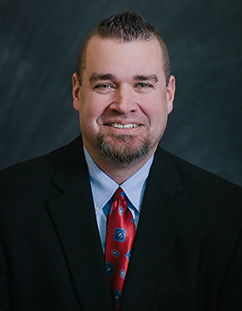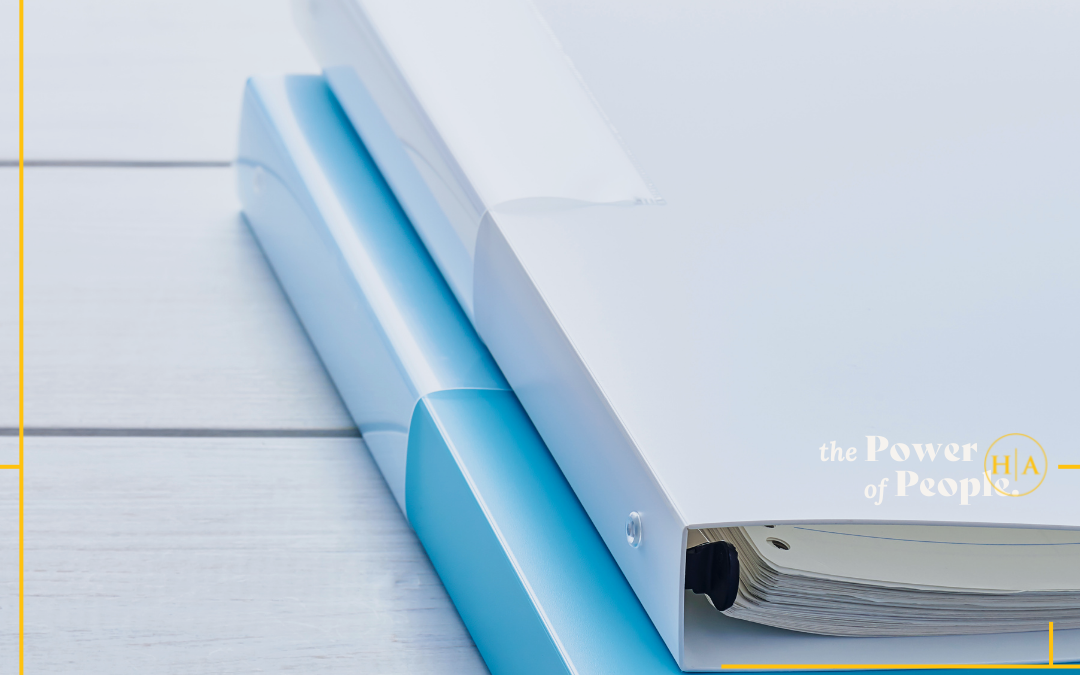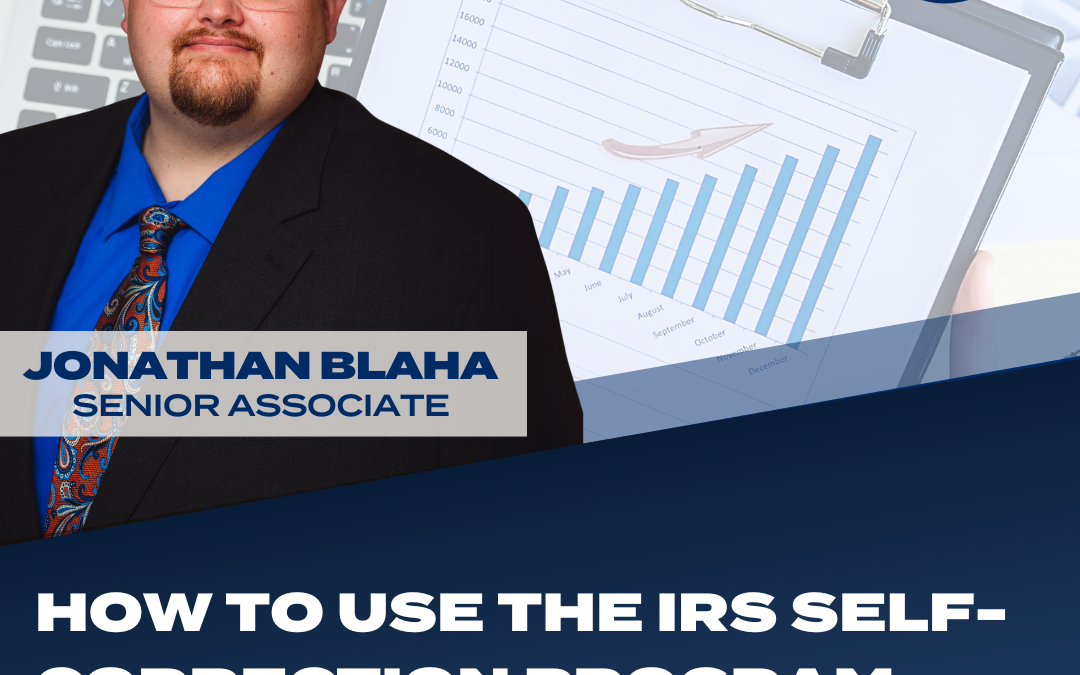The word “leakage” is a term that most would not associate with retirement savings plan. You hear the word leakage and immediately you have visions of water puddles collecting in your basement from old, rusty, dripping pipes. Leakage in the retirement sense, however, is a much more serious problem.
Over the past few decades, we have seen a significant change in a worker’s retirement. Gone are the days of traditional employer-funded pensions combined with social security to cover workers’ basic retirement income needs. 401(k) plans now represent the main way private sector workers save for retirement, and these accounts, along with 401(k) monies rolled over to Individual Retirement Accounts, will soon be the primary source of retirement income (other than social security). The emergence of 401(k)’s and IRA’s allows much more flexibility to access funds before retirement age when compared to their traditional pension counterpart; and because of this, individuals can access accounts during their work lives, resulting in the potential reduction of retirement assets or “leakage.” The Center for Retirement Research at Boston College (Center) defines retirement plan leakage as “any type of pre-retirement withdrawal that permanently removes money from retirement savings accounts.” The Center recently published a study indicating that leakage can potentially lead to a reduction in total retirement assets of 20% to 25% over an employee’s working years.
Plan leakages can occur through three methods: in-service withdrawals, cash-outs, and loans.
In-service withdrawals: In-service withdrawals encompass hardship withdrawals or withdrawals after the age of 59.5. Hardship withdrawals allow participants to withdraw their funds for an “immediate and heavy financial need” based on a facts and circumstances determination. These withdrawals are subject to a tax penalty of 10% (if applicable) and 20% withholding for income taxes. Withdrawals after age 59.5 for active employees are penalty free and would be subject to the 20% withholding for income taxes if not rolled into another qualified plan. Many identify this “penalty-free” distribution age as the time to withdraw funds; however, as more and more workers are finding themselves working into their mid to late 60’s, a distribution at 59.5 (that has not been rolled over), undercuts the idea of preserving savings until retirement.
Cash-outs: Cash-outs arise upon job separation. An employee can take a lump-sum cash withdrawal, leave the account with the employer’s plan (if allowed), or can roll it into another qualified plan. Employers can immediately cash-out balances that are below $1,000, and those balances between $1,000 and $5,000 must be directly rolled over.
Plan loans: Plan loans are the least likely offender of leakage; however, there is still risk of loss. Plan loans are typically required to be repaid between a one and five year period. If paid back in full, the withdrawal is not taxed; however, the retirement account loses the potential gains on those assets during the repayment period. If the loan is not paid back because of default, the balance is treated as a lump-sum distribution subject to withholding taxes and a potential penalty (if applicable).
With the significant role that 401(k)’s and IRA’s play in today’s retirement environment (outside of social security), it is clear that retirement plan leakage should be a serious concern. Outside of changing federal policy regulations which tighten the ability to withdraw funds out of these vehicles, workers need to understand the ramifications of how drawing funds out of their accounts today, will impact their account balances at retirement.
Please contact us for further information or ask about your retirement plan.





